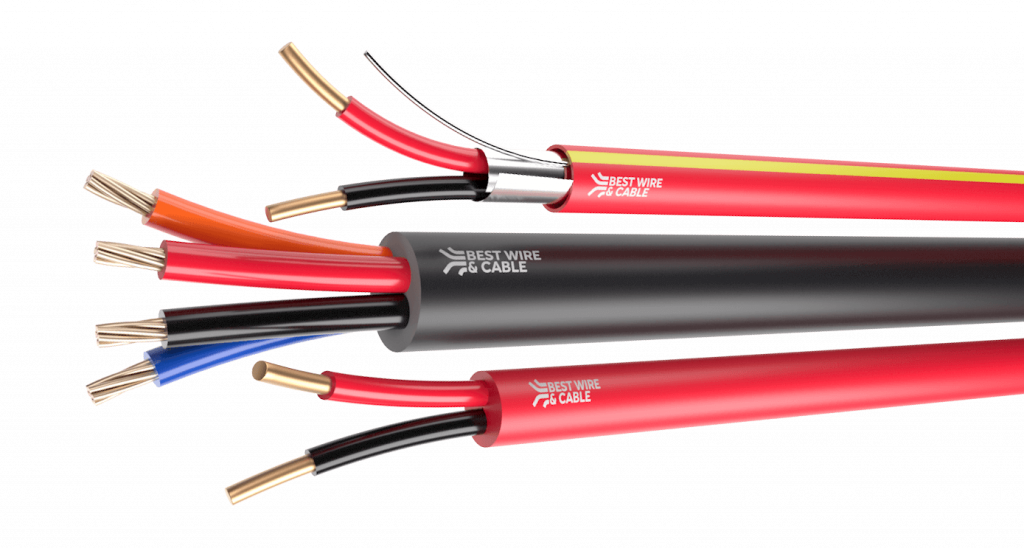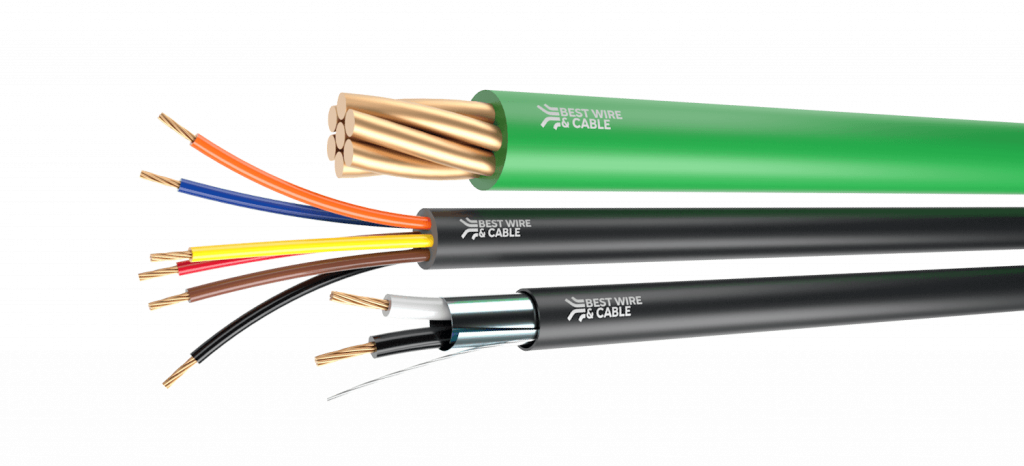Fiber Optic Cable: A Look at Its Increasing Popularity and Future Uses

Fiber optic cable is a type of cable that transmits data through light waves. It has been gaining popularity in recent years due to its numerous advantages over traditional copper cables. Not only is it faster and more reliable, but it also allows for greater bandwidth and longer distances without the need for signal boosters.
One of the key benefits of fiber optic cable is its speed. Unlike copper cables, which transmit data through electrical signals, fiber optic cables use light to transmit data. This means that data can be transmitted at a much higher speed, allowing for faster internet speeds and more efficient data transfer. In fact, fiber optic cable is capable of speeds up to 100 Gbps, which is far faster than the speeds that copper cables are capable of.
Another advantage of fiber optic cable is its reliability. Because it uses light to transmit data, fiber optic cable is not affected by electromagnetic interference (EMI), which can be a problem for copper cables. Additionally, fiber optic cable is less susceptible to damage from weather or other environmental factors, making it a more reliable choice for telecommunications networks.
Fiber optic cable also offers greater bandwidth, which means that more data can be transmitted at once. This is particularly important for industries that require high-bandwidth applications, such as video conferencing or streaming media. With fiber optic cable, these applications can be run more efficiently, without the need for buffering or delays.
In terms of future uses, fiber optic cable is set to play a crucial role in the development of 5G networks. As 5G networks become more widespread, the demand for high-speed, reliable data transmission will only increase. Fiber optic cable is the ideal choice for meeting these demands, as it is capable of supporting the high bandwidth and low latency required for 5G networks.
There are several different types of fiber optic cable, including single-mode and multi-mode. Single-mode fiber is used for long-distance applications, while multi-mode fiber is better suited for shorter distances. Another type of fiber optic cable is OM (Optical Multi-mode) which is designed for high-speed, short-distance data transmission.
In conclusion, fiber optic cable is a fast, reliable, and high-bandwidth solution for data transmission that is increasingly being adopted in various industries. With the increasing demand for high-speed and reliable internet connectivity, fiber optic cable is set to play a crucial role in the development of telecommunications networks and the overall growth of the industry. By taking advantage of its numerous benefits, businesses can stay ahead of the curve and provide their customers with the best possible service.
View BWC’s Fiber Optic Products
























